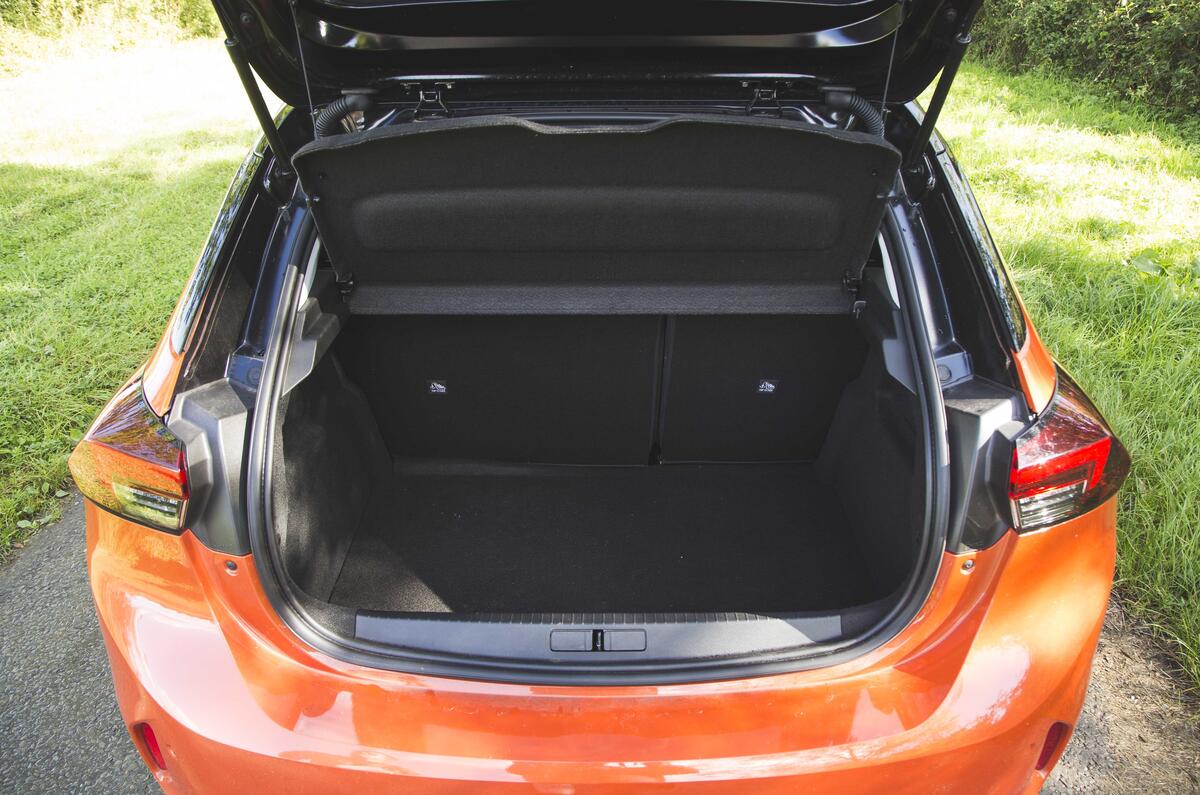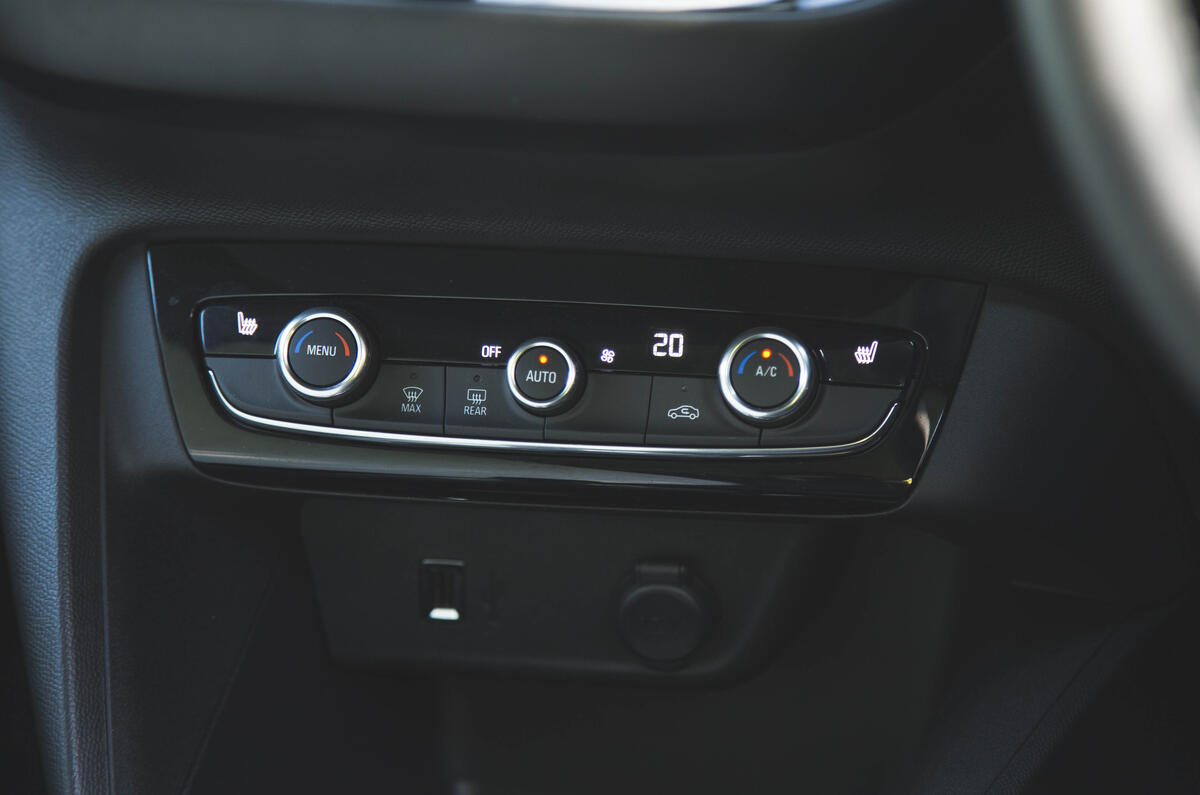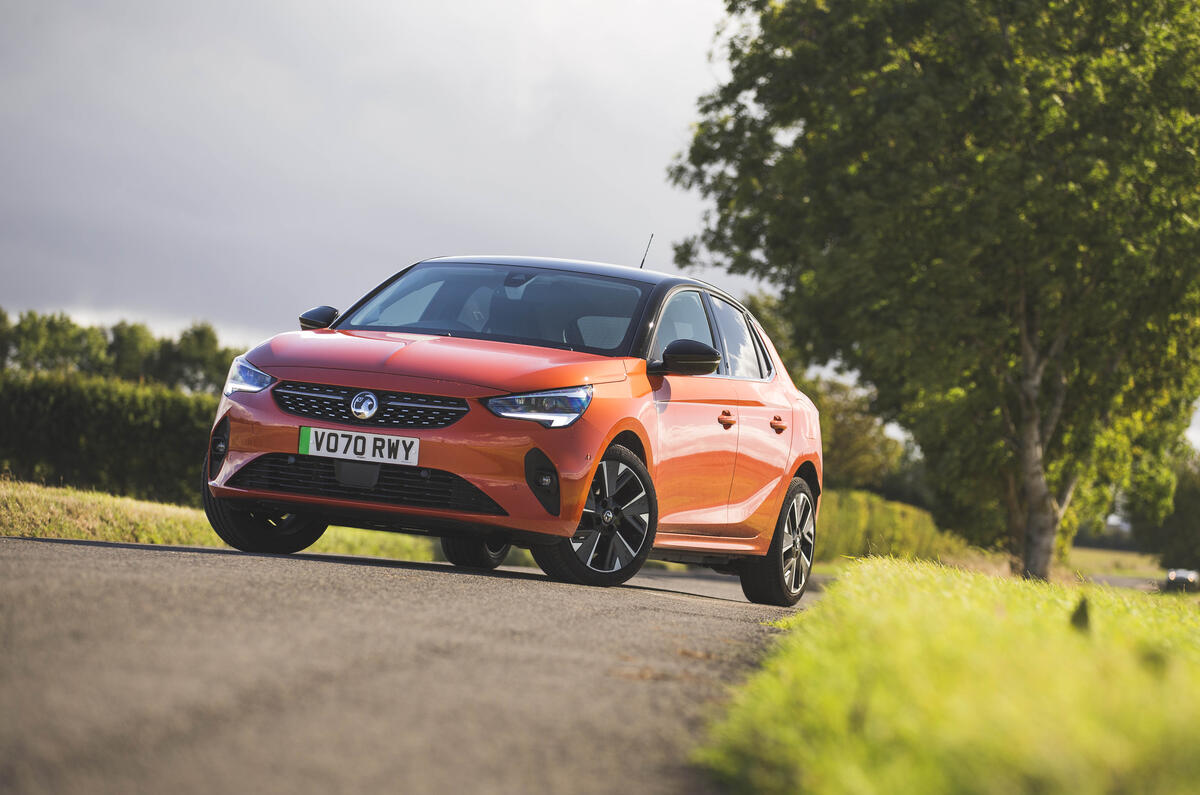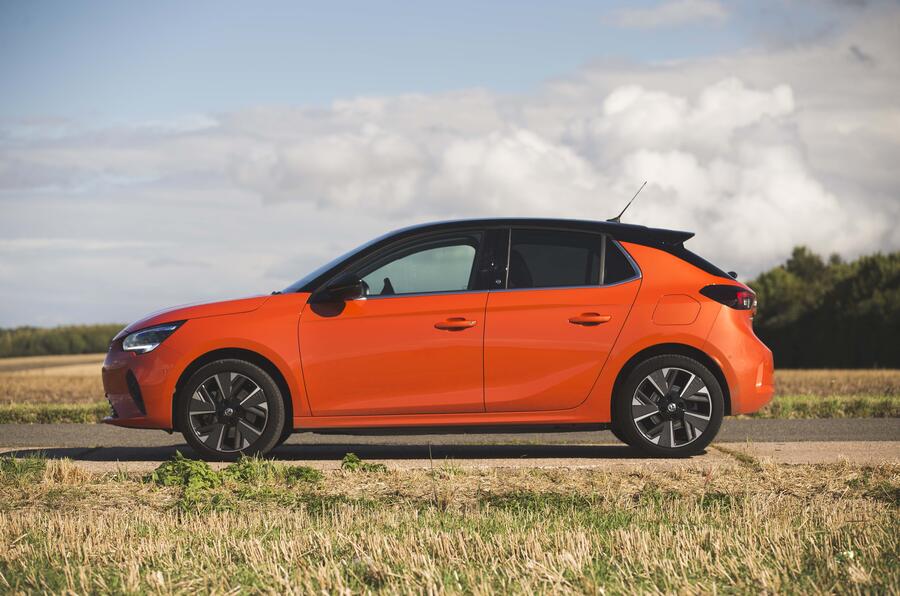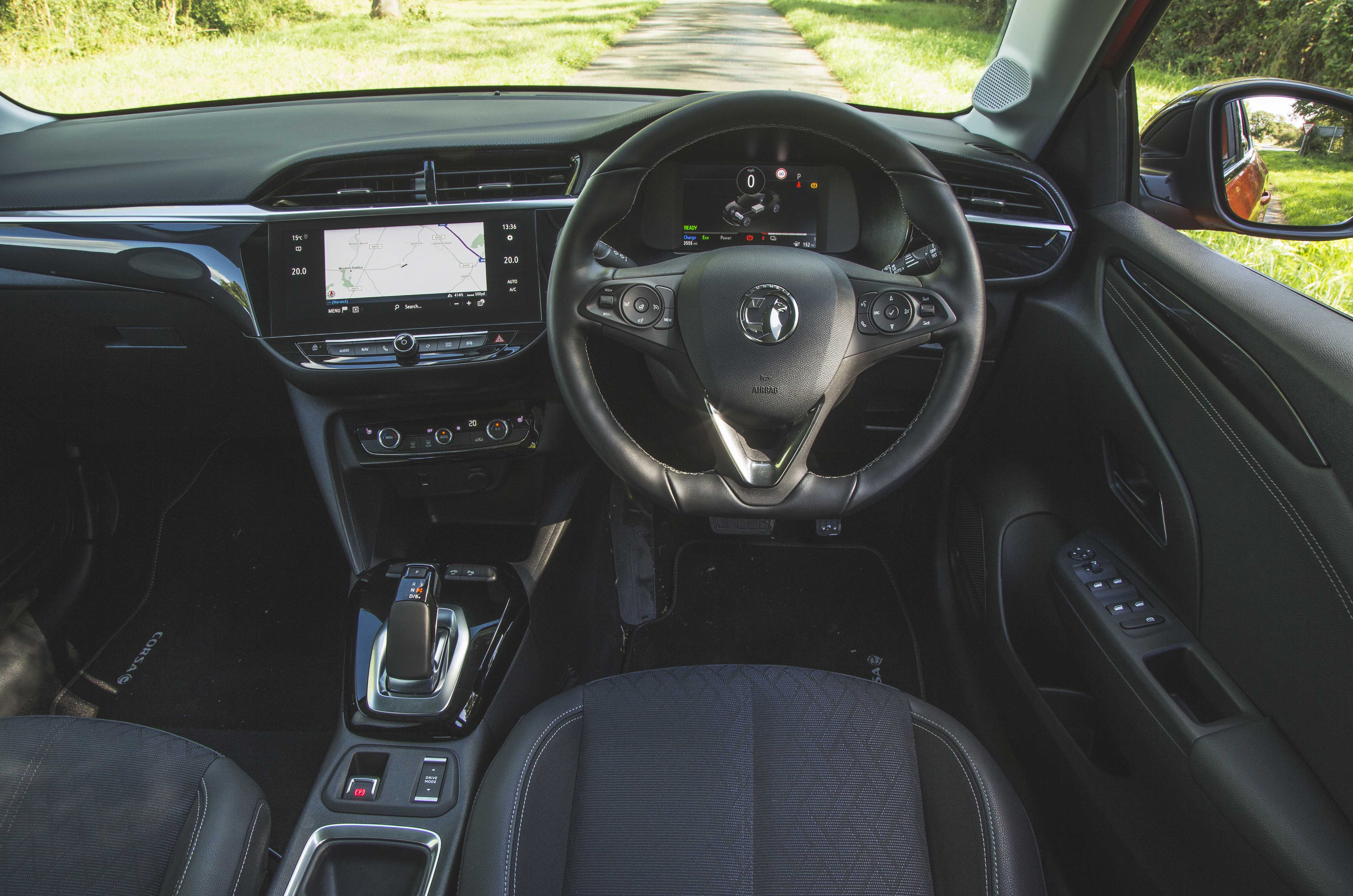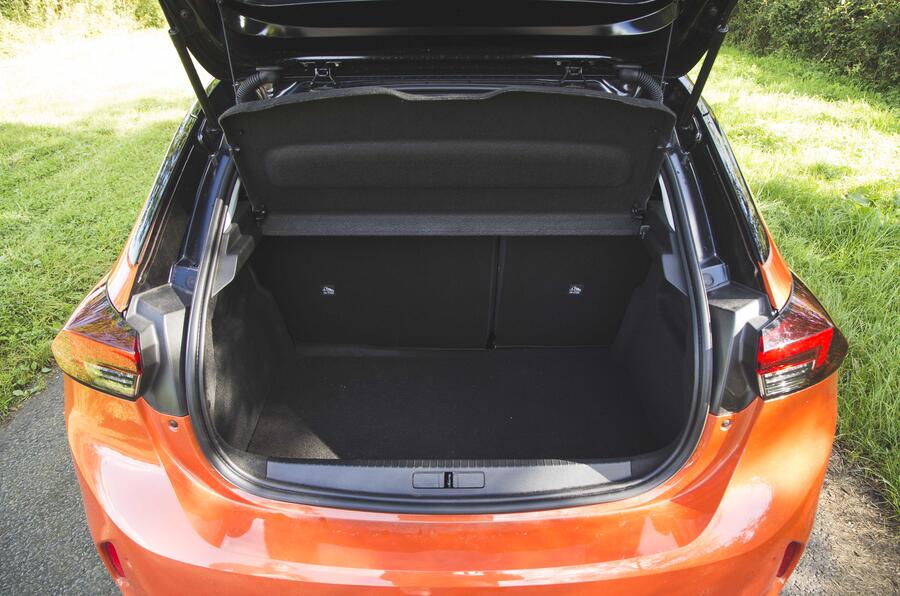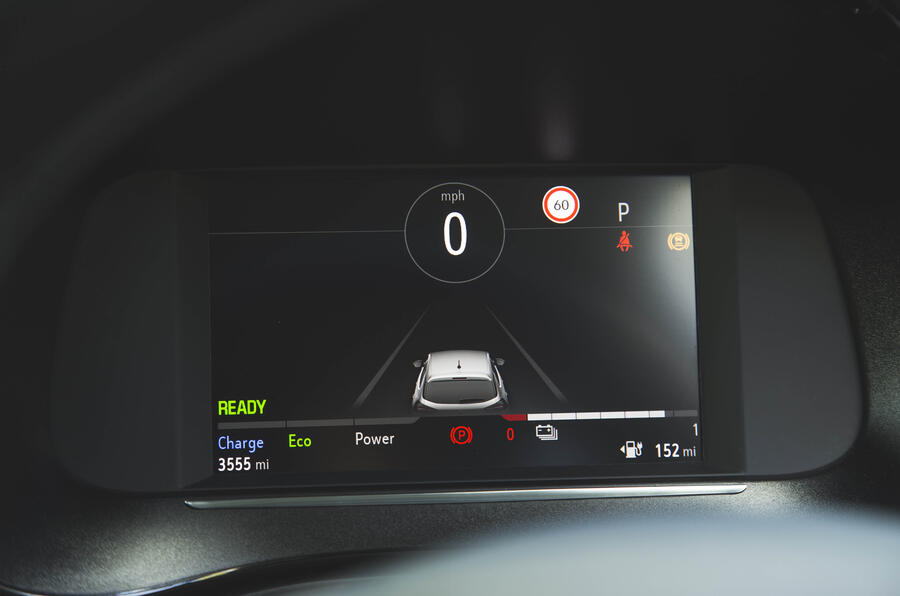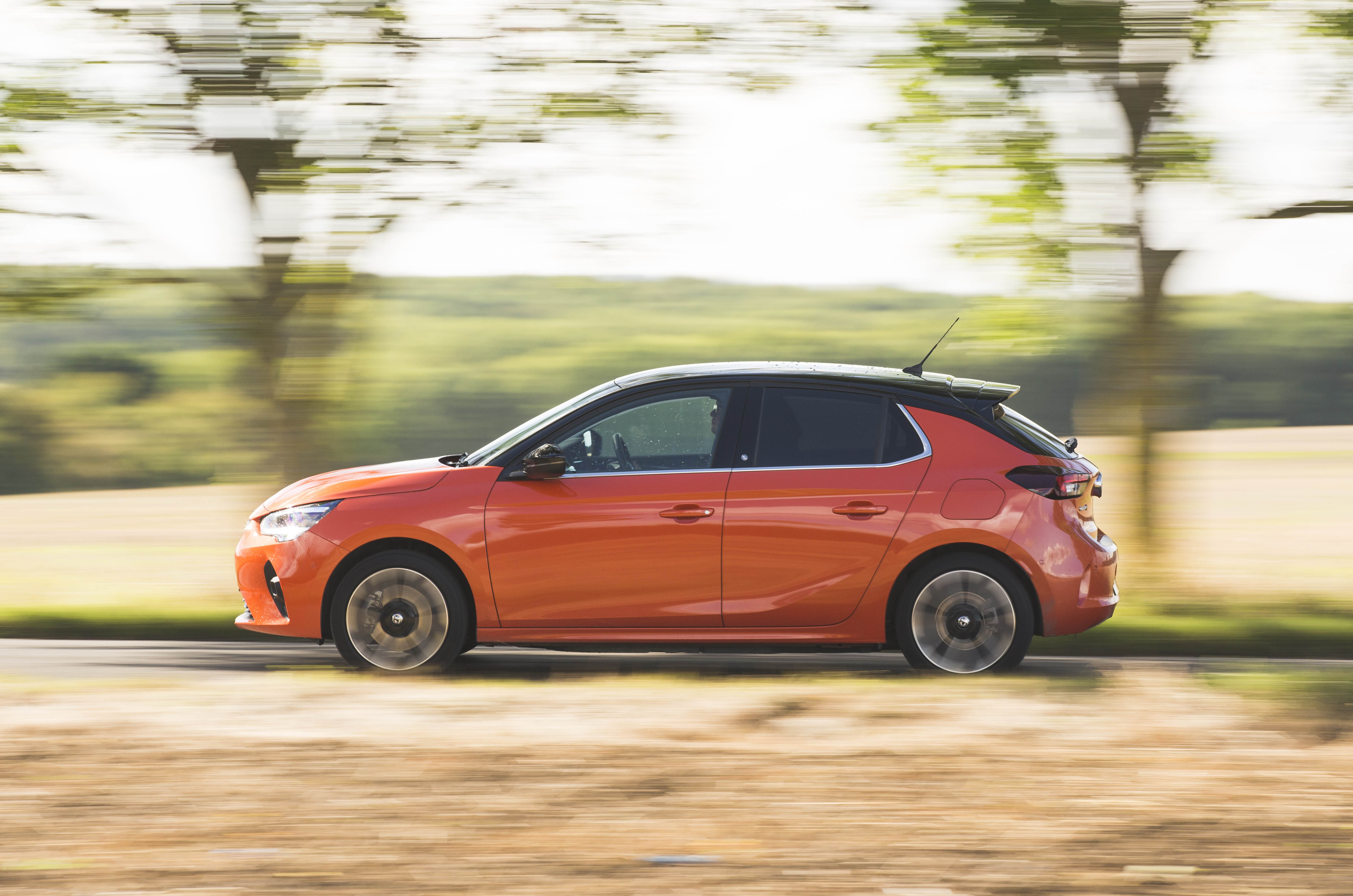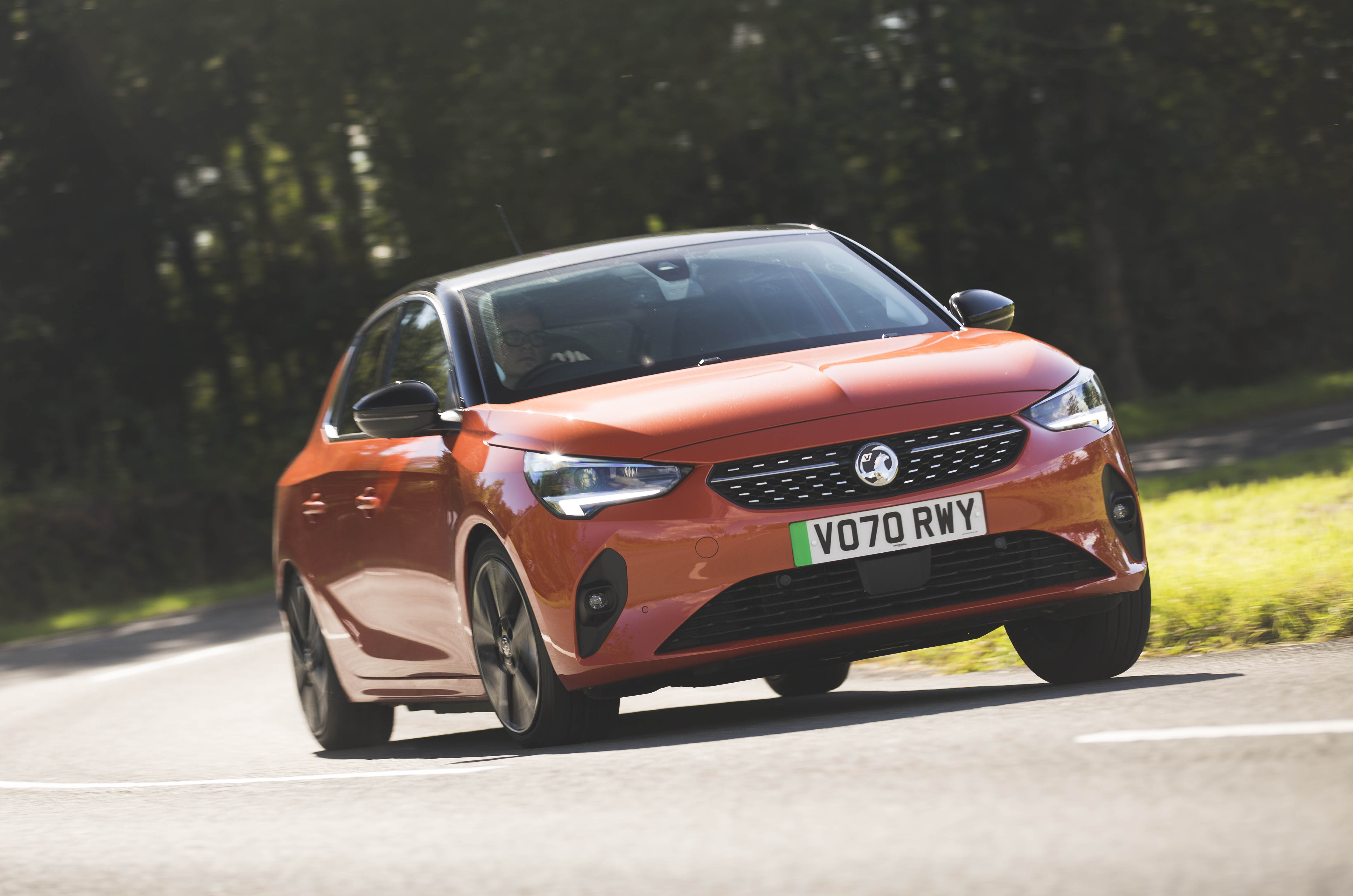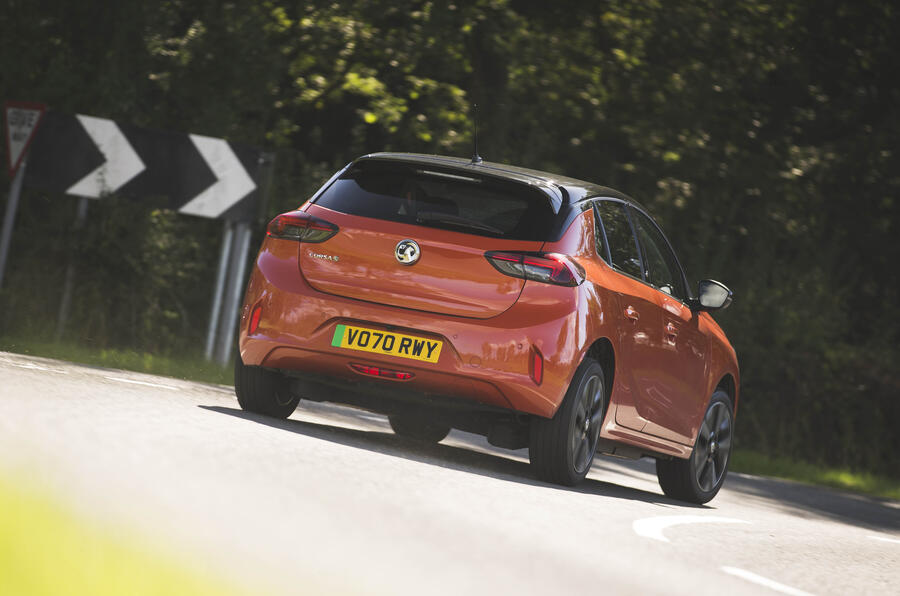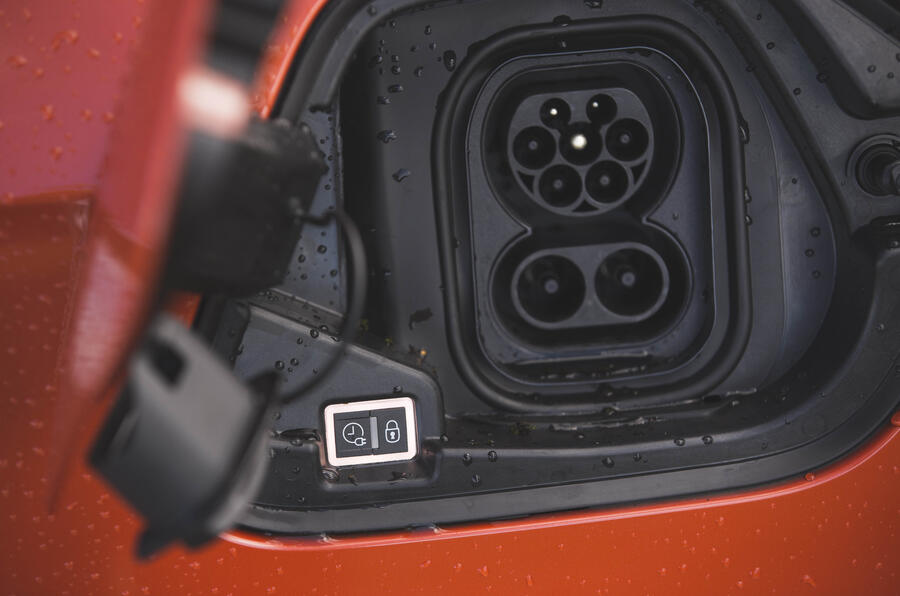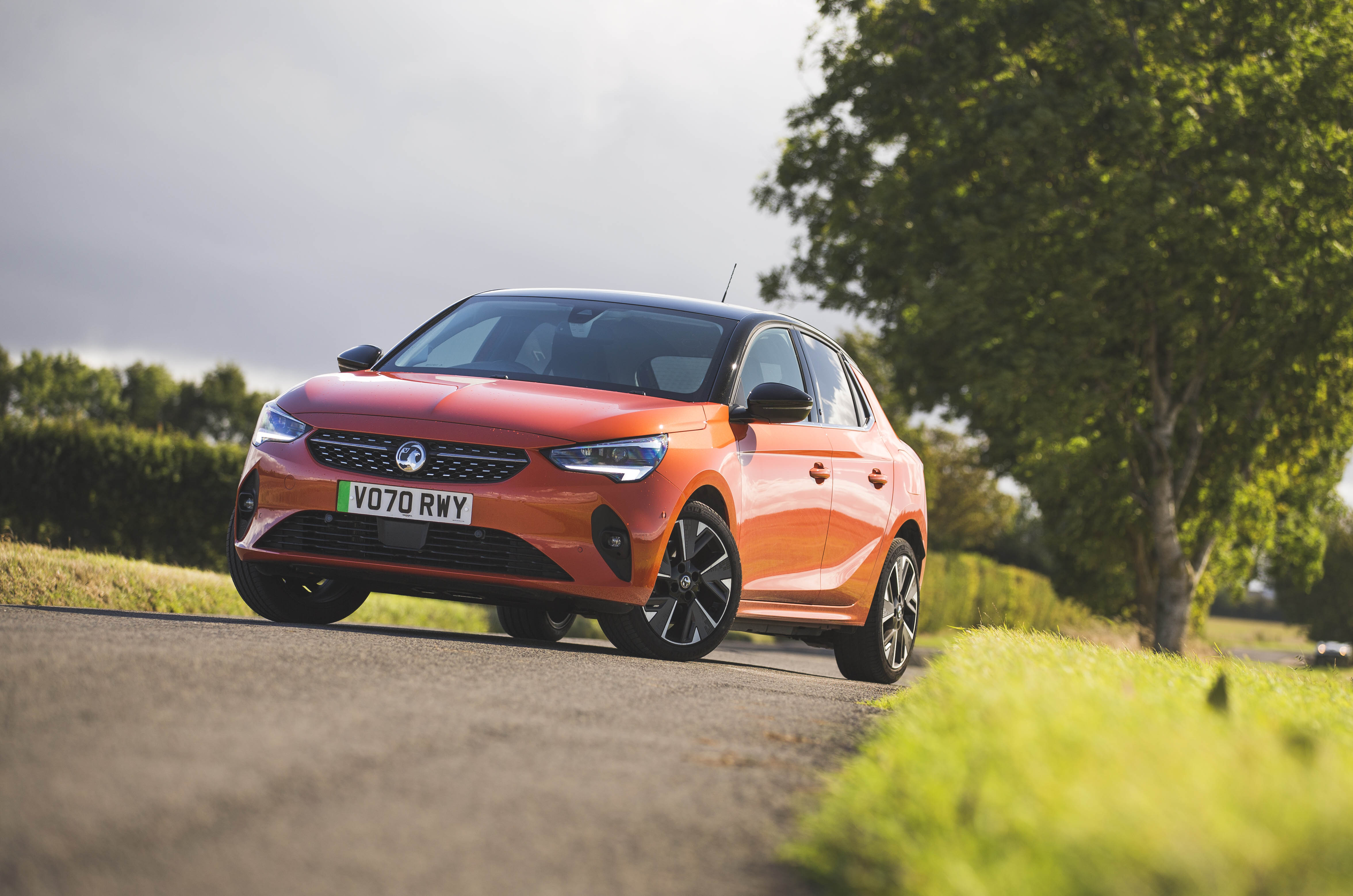As the electric car scene steadily grows, new brands are cropping up and coming to the fore, some grabbing market share phenomenally quickly and establishing new, alternative reputations among their evangelical followers. But some of the old ones are seizing the opportunities that zero-emissions motoring brings rather effectively too, backed by the established sales and support machinery and the customer bases that have sustained them so well for so long.
Here’s a case in point: Britain’s best-selling small electric car is now a Vauxhall. The Corsa-e is the all-electric version of the company’s sixth-generation Vauxhall Corsa, which has itself proved Britain’s best-selling car over many calendar months of 2020 and 2021.
It stands to reason that the electrified Corsa, available across nearly 300 showrooms nationwide after all, should be pretty popular also. But it’s still no mean feat for Vauxhall to have punched such a neat hole through the resistance of established competitors like the Renault Zoe and BMW i3, to have beaten off fresher challengers such as the Mini Electric, Honda E and Mazda MX-30, and even to have scalped in-house relation the Peugeot e-208, in order to score that result.
The Corsa-e has been on sale since March 2020, having come into UK showrooms only a few months behind the conventionally powered sixth-generation Corsa supermini. By its nature, it’s a simpler and more familiar kind of EV than some of its rivals, designed and intended very much to make the switch to electric motoring easy. It isn’t a particularly quirky or different sort of EV, then – and, as we’ll explain, it doesn’t look particularly alternative, it doesn’t offer myriad, oddly titled trim levels, or come made of a host of recycled materials. You don’t buy it on subscription; you don’t own the car but lease the battery; and you needn’t join a cult to have one. This is just a small, pretty simple electric car – but, as you’ll read, it’s one that comes with a price you might just be able to stomach, a real-world range that might just suit your purposes, and very few airs or graces besides. But is it one of the best small electric cars?














